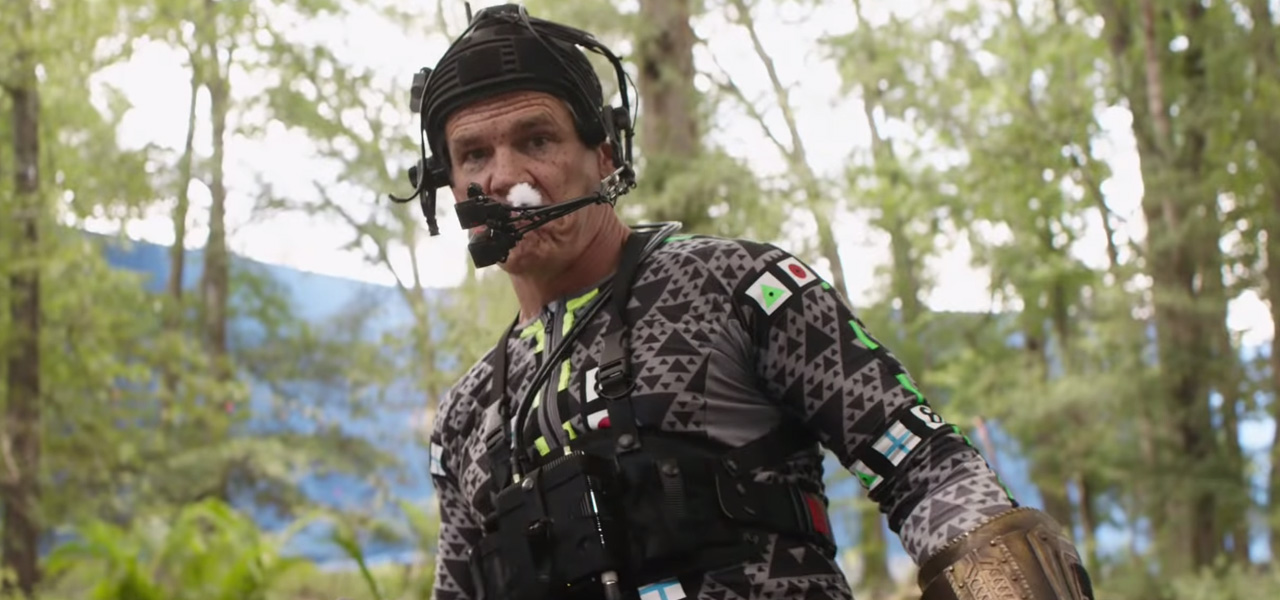
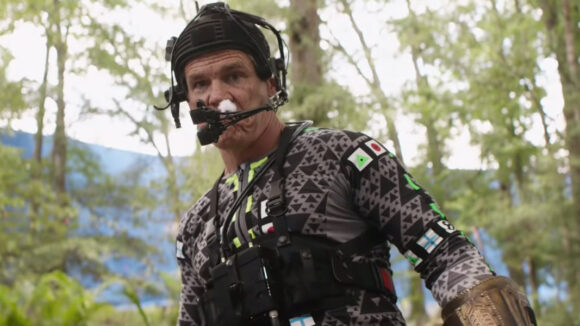
2019 Best Visual Effects Oscar Preview: Stand-out Films And Close-Calls
They call it an ‘Oscar race’, and in the visual effects category for 2018 films, a race it definitely is. So many films this year feature stunning effects work that the likely candidates for the 2019 vfx Academy Award remain hard to predict.
Ultimately, under the Academy Awards rules, just five films are to be nominated in the visual effects category. These get chosen after a list of 20, and then 10, go through the consideration process on the basis of – according to those same rules – the contribution the visual effects make to the overall production and the artistry, skill, and fidelity with which the visual illusions are achieved.
With that in mind, Cartoon Brew has tried to pinpoint five films that are likely vfx Oscar contenders. Take a look and share your thoughts in the comments on which films might be nominated, and perhaps which one will win.
Likely contender #1: Avengers: Infinity War
It’s hard to go past the Russo brothers’ Infinity War as a major vfx Oscar contender. The film is full of major visual effects moments; indeed, these Marvel movies simply cannot be made without the legions of effects artists helping to build worlds, creatures, and characters.
Among the stand-outs in Infinity War is Thanos, brought to life by the motion capture and voice of Josh Brolin, and the visual effects teams at Digital Domain and Weta Digital (Dan DeLeeuw was the film’s production visual effects supervisor). Thanos, a completely cg character, had real emotion and a subtle presence, although he was equally brutal in battle. A new approach to realizing facial animation using machine learning might also be spotlighted as a new innovation in vfx that was brought to the table.
Likely contender #2: Solo: A Star Wars Story
With Solo: A Star Wars Story, director Ron Howard took advantage of the firepower of Industrial Light & Magic (under visual effects supervisor Rob Bredow) and the practical creature effects technicians overseen by Neal Scanlan. While so much of the film involves cg spacecraft, synthetic alien creatures, and digital worlds, a large proportion still relied on what might be called ‘old-school’ effects methods.

For example, during filming of Millennium Falcon cockpit scenes, the filmmakers utilized a form of rear projection with pre-rendered imagery, giving the actors something to play against and allowing for interactive lighting. That kind of approach, as well as things like having real actors perform as hybrid real/cg characters and the use of miniature explosions, may go a long way to sway Academy voters.
Likely contender #3: Ready Player One
Again, visual effects were crucial to bringing Steven Spielberg’s Ready Player One from popular novel to the big screen. This was not only for the virtual reality world of the OASIS, but also for several near-future real-world scenes. Production supervisor Roger Guyett from Industrial Light & Magic oversaw work predominantly from ILM and Digital Domain for the final film.
Virtual production played a huge role in Ready Player One; a dedicated motion capture volume was built in the UK, and the filmmakers took advantage of vr and ar technologies to plan out scenes and shoot them, and then revise them in a virtual world. The sheer volume of pure cg imagery produced, much of it in enormous action scenes, is hard to top this year.
Likely contender #4: First Man
Arguably, the general film-going audience, and perhaps even the general Academy voters, have been pushing against big ‘cg’ films. Which makes Damien Chazelle’s First Man a strong contender for best vfx. That does not mean the film is devoid of any cg – there’s a lot in there, for sure – but the film also uses miniatures, practical set-ups, archival footage, and LED on-set projections. Visual effects supervisor Paul Lambert from DNEG was the production supervisor, with Ian Hunter overseeing miniatures and J.D. Schalm the special effects supervisor.
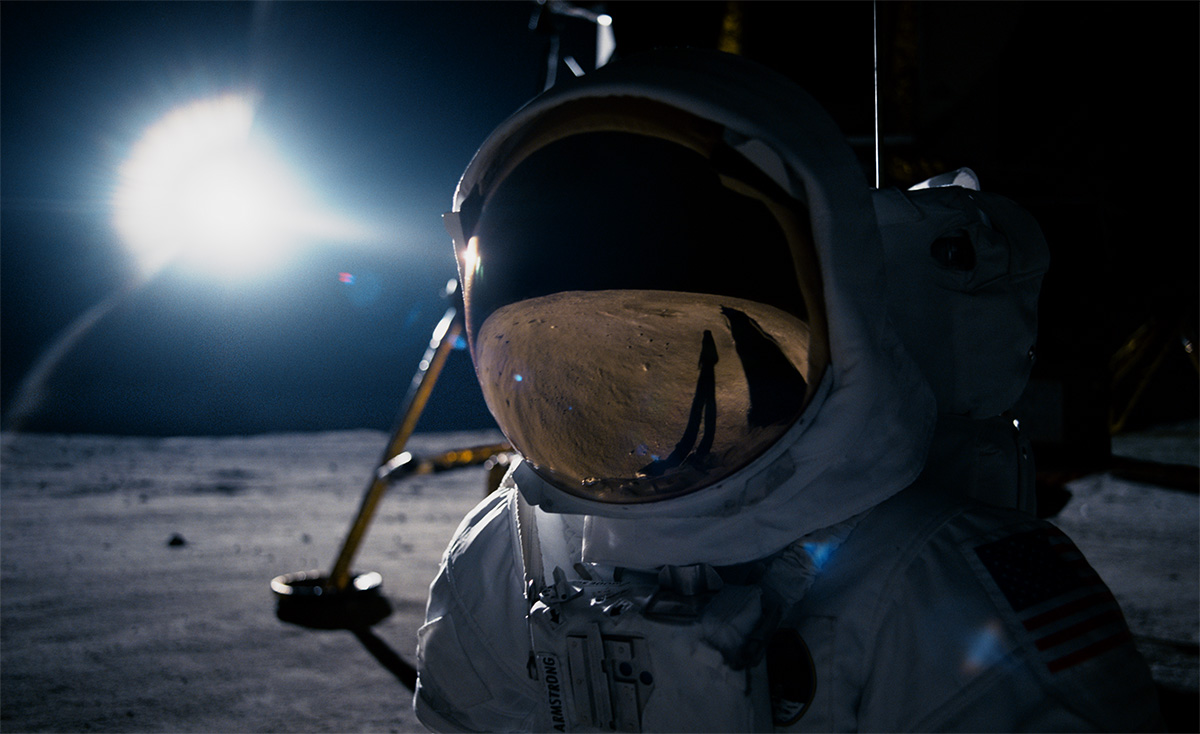
The result is a film that feels suited to the 1960s period, despite the advent of a lot of visual effects technology used to tell the moon landing journey. Here, the clear precedent for a vfx Oscar win is Interstellar, which utilized many of the same practical methods, while also leaning heavily on digital effects.
Likely contender #5 – too close to call between Jurassic World: Fallen Kingdom and Fantastic Beasts: The Crimes of Grindelwald
Both Fallen Kingdom and The Crimes of Grindelwald are ‘creature features,’ where the successful implementation of cg (and practical) characters was vital to the final film. In Fallen Kingdom, visual effects supervisor David Vickery from ILM worked hand-in-hand with the special and practical effects teams, indeed, several of the dinos were on-set puppets that were used for direct reference, or still appear in the final shots. ILM’s history with cg dinosaurs also means they could up the ante this time around in terms of performances.
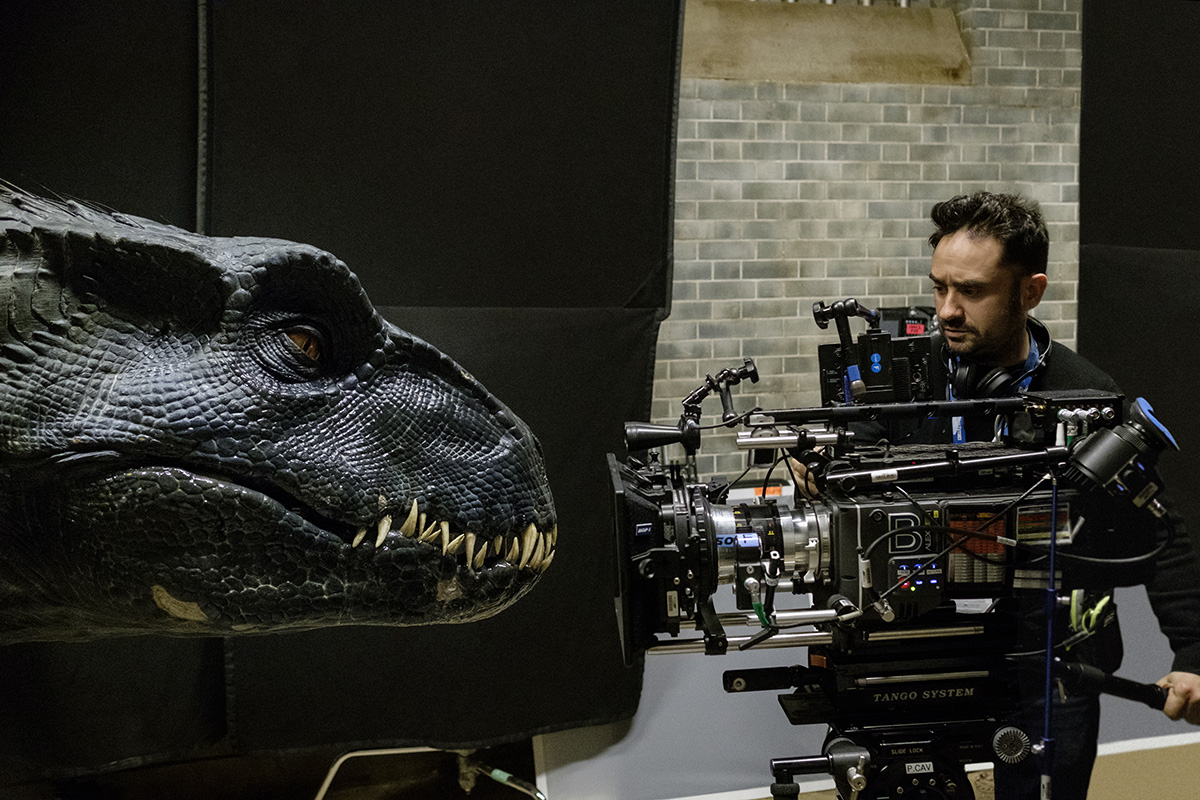
We haven’t yet seen The Crimes of Grindelwald, but we know from the trailers that there are a myriad of creatures featured in the film. These days, vfx studios tend to be intimately involved in the design and execution of such creatures and the scenes they inhabit, which further enhances the contribution the visual effects make to the overall production. Visual effects supervisors Tim Burke and Christian Manz are handling several vendors, and it may just be that magical effects make for an vfx award-winning movie.
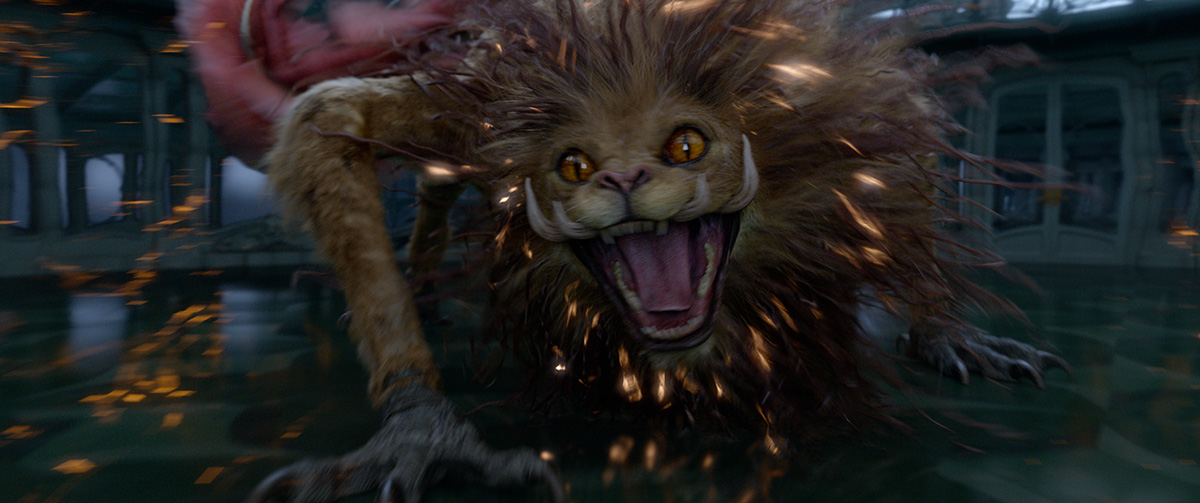
Likely outliers: Welcome to Marwen and Mission: Impossible – Fallout
Lately, the vfx Oscar race has tended to include a couple of outliers, films that at first don’t seem like obvious contenders. Past examples include Deepwater Horizon, Kubo and the Two Strings, The Lone Ranger, and Ex Machina (which won in 2015). The 2018 films which may be seen as outsiders in this way include Welcome to Marwen and Mission: Impossible – Fallout. Marwen, not yet released, relied on a unique method of transplanting real footage of Steve Carrell onto his doll doppelgänger, as well as a virtual production workflow for several moments that feature digital figurines (the vfx was led by Method Studios, formerly Atomic Fiction).
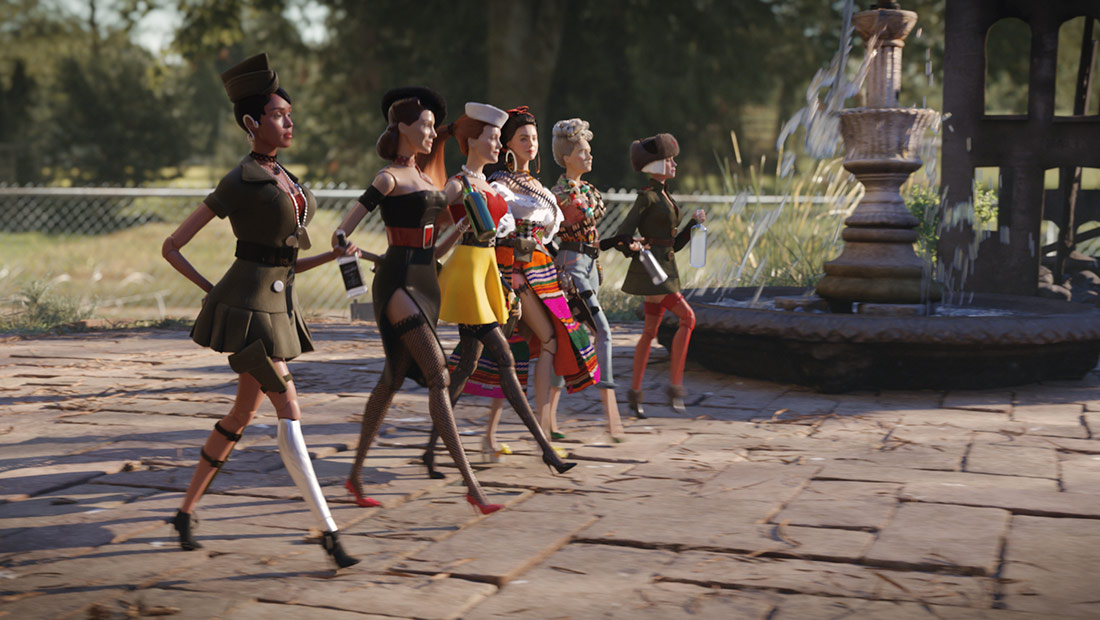
Meanwhile, Fallout is full of invisible visual effects by DNEG, daring stunts, and practical shots – again, something audiences seem to like, even if they don’t realize there was any effects intervention at all. Keep an eye on those two films, and possibly other outliers, as films move through the vfx Oscar consideration process.

Still to come
A relatively high number of vfx-filled films are still to make their way to the screen, including Mortal Engines, Aquaman, Bumblebee, and Mary Poppins Returns. Which means, of course, anything can happen as awards season gets underway.

.png)